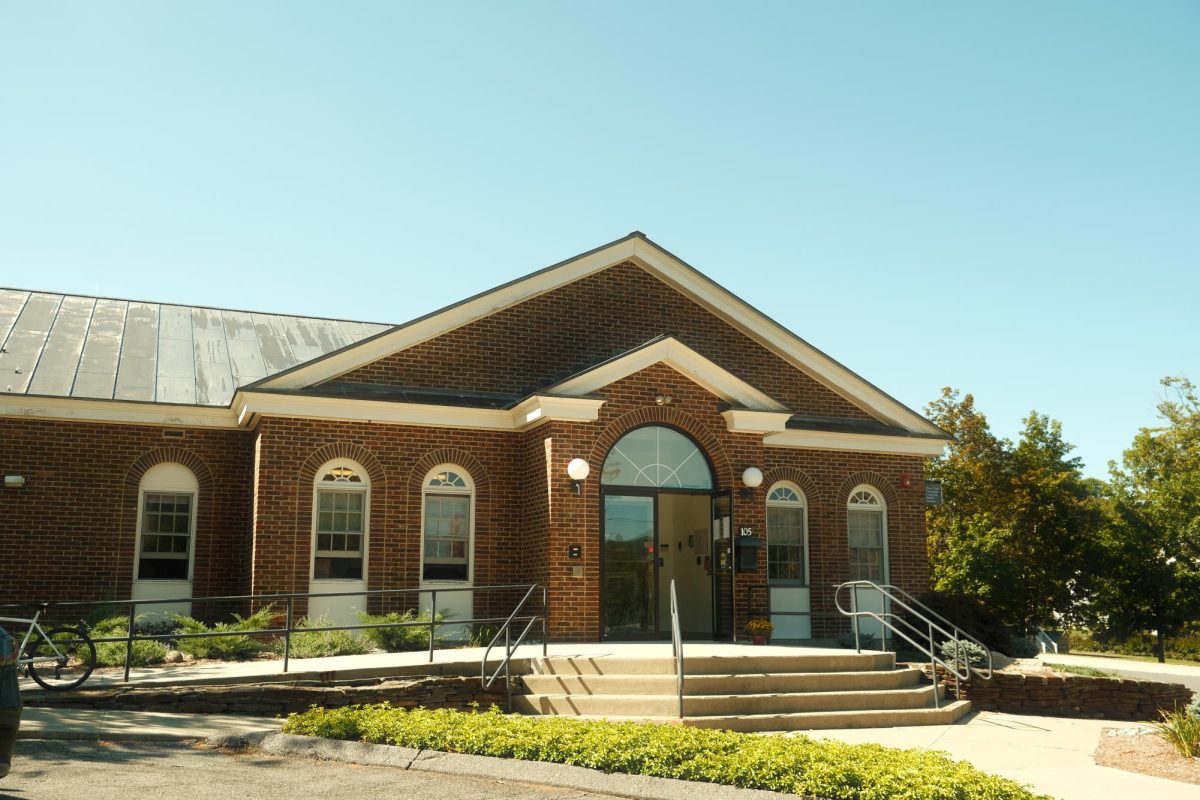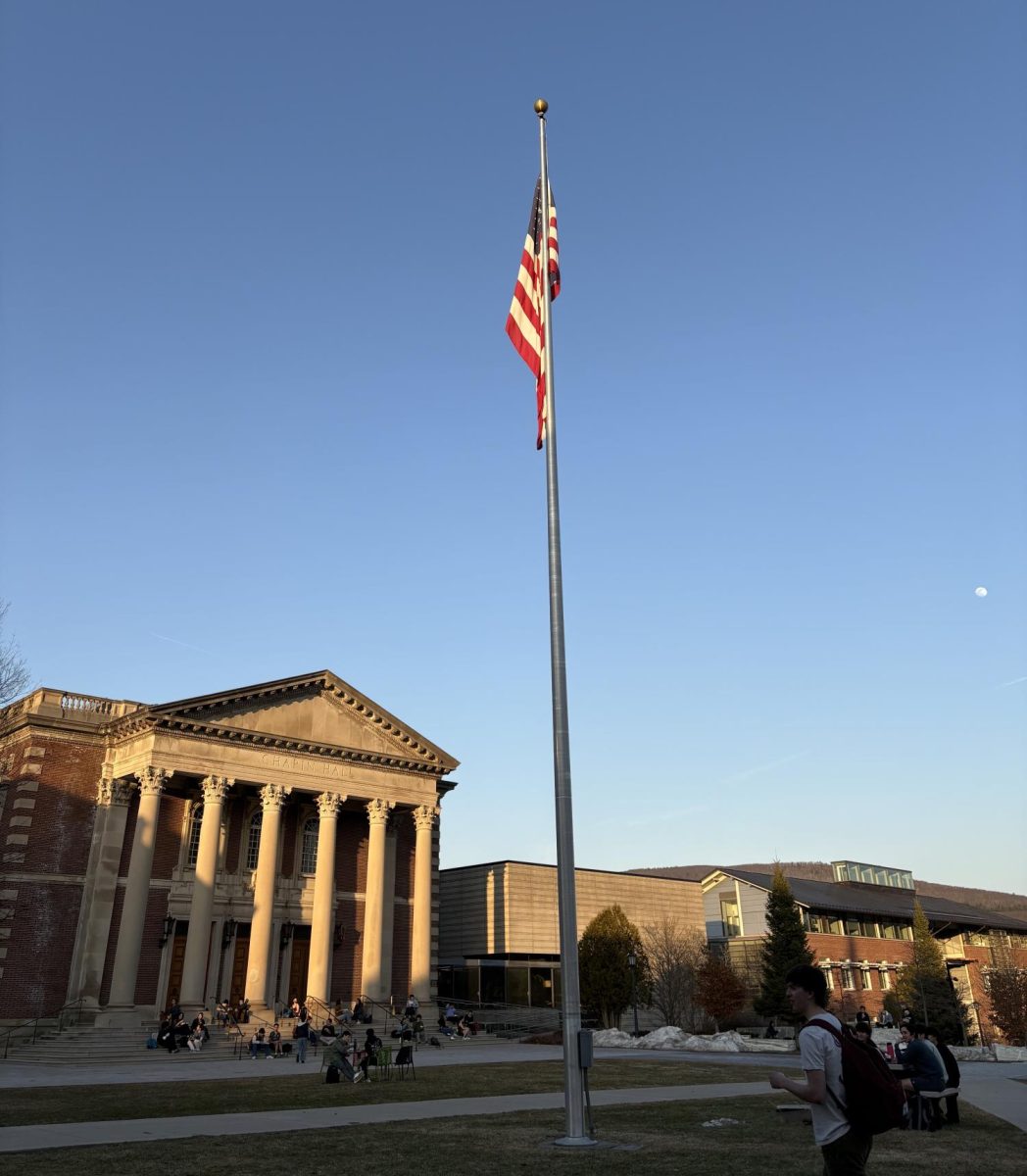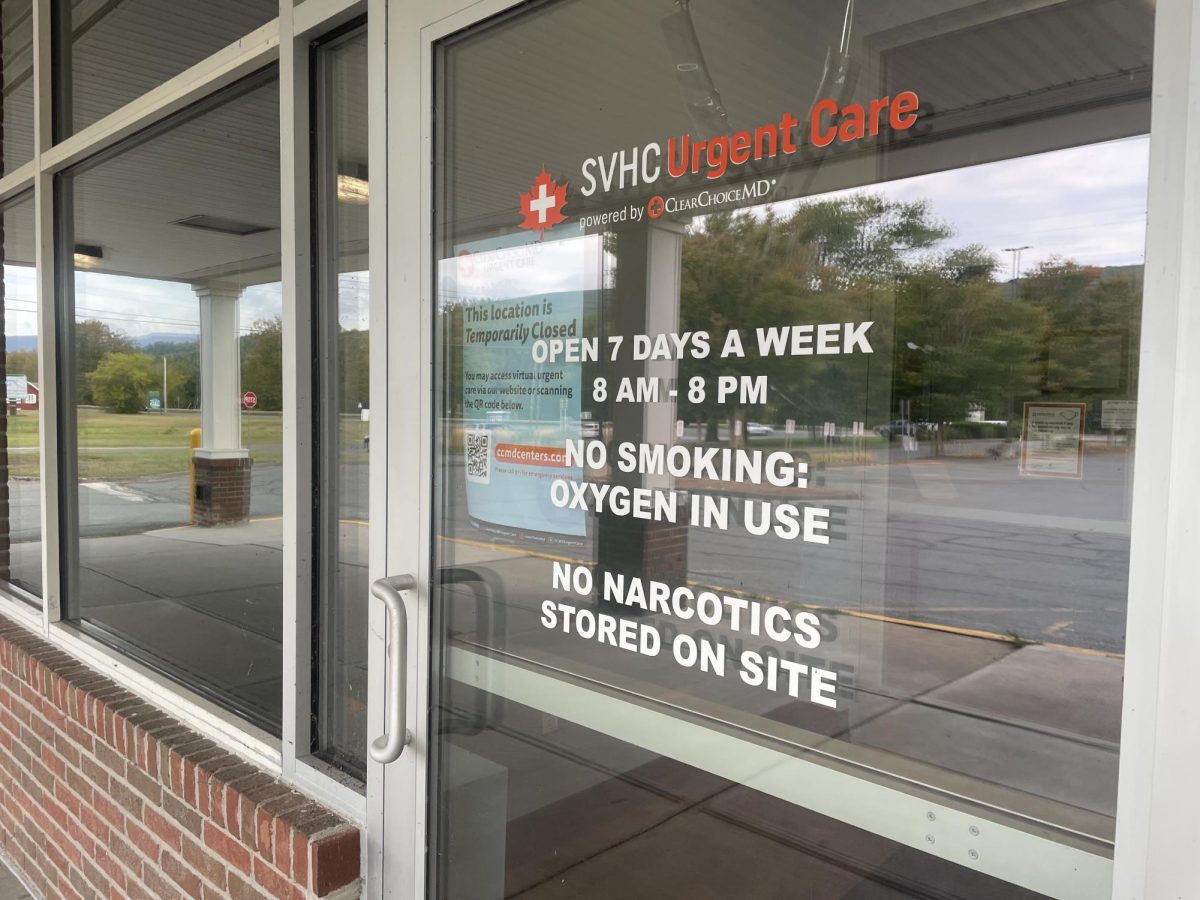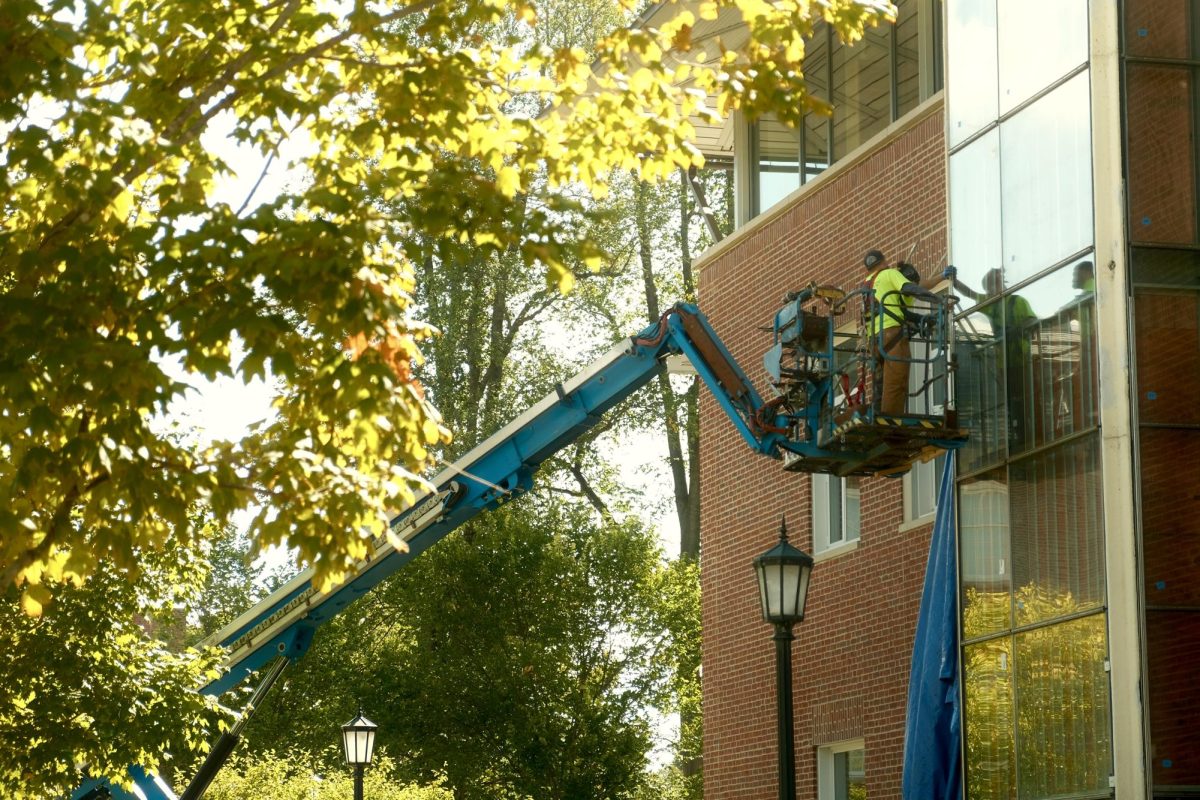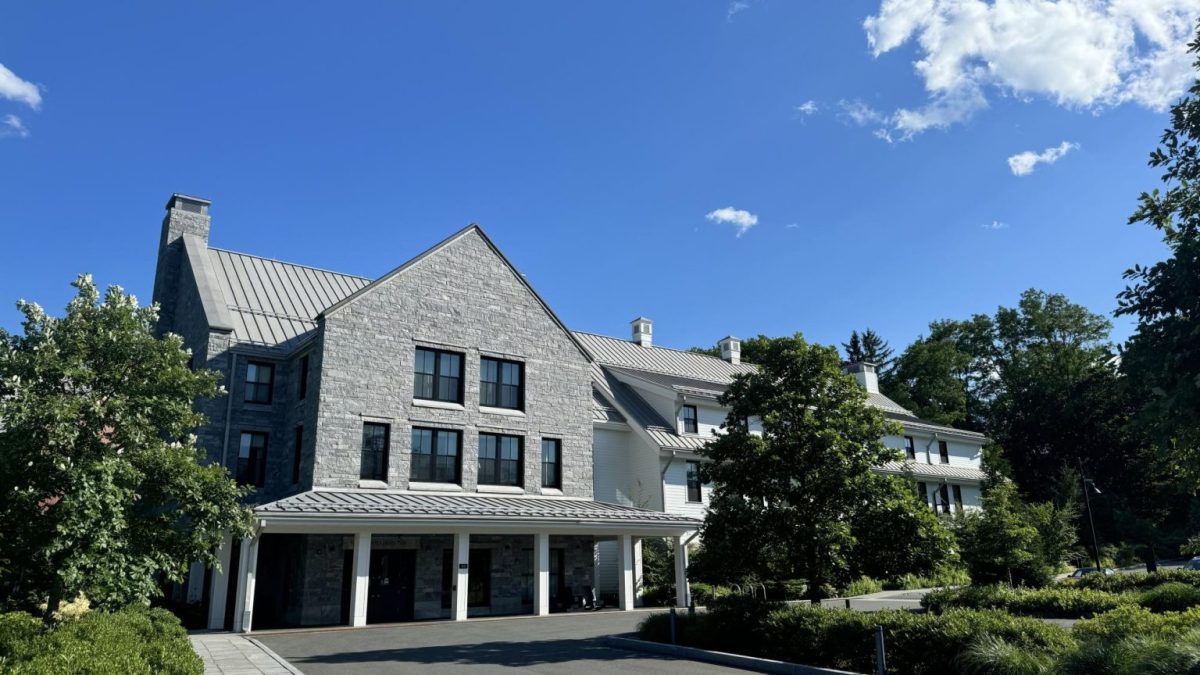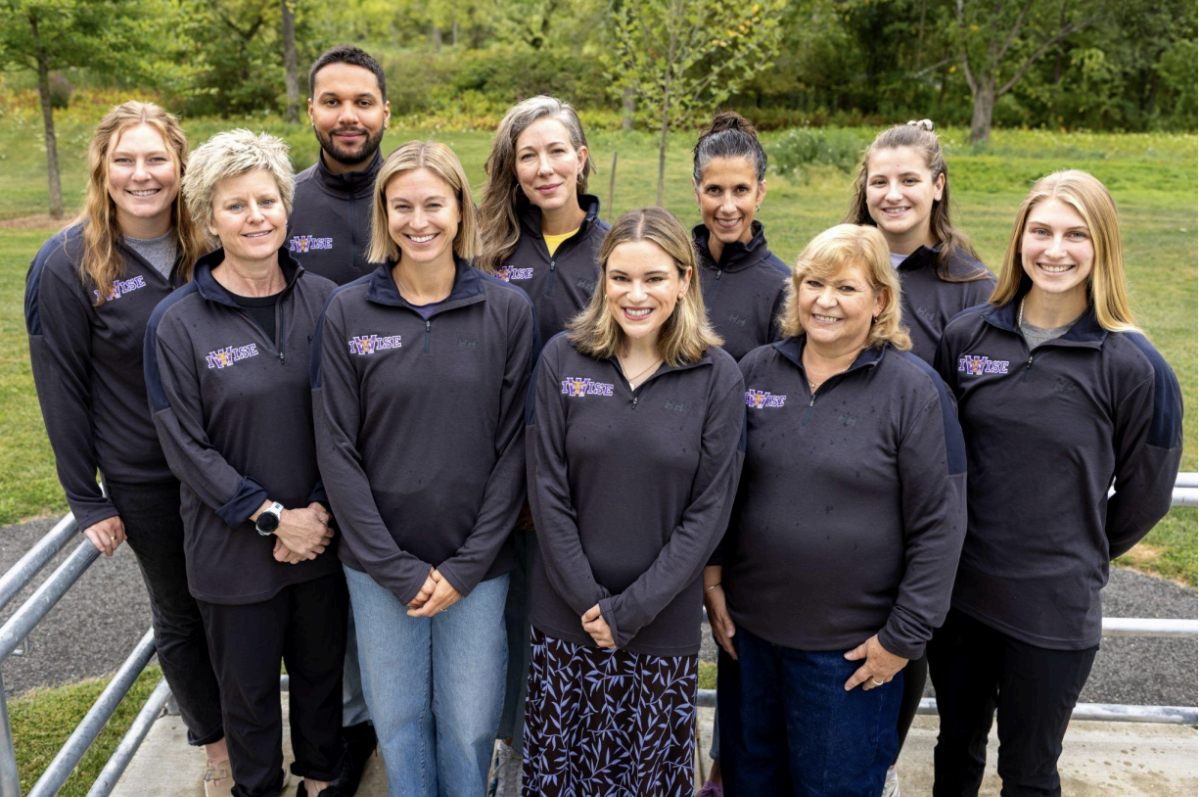
The College released the Sustainability Working Group report along with 11 others on Feb. 12.
On Feb. 12, the Sustainability Working Group — a team composed of four faculty and staff members and one student representative — released a draft of the College’s sustainability strategic plan, which will be open to public review until this Friday. The final version of the plan will be implemented over the next 10 to 15 years and includes dozens of goals derived from six categories of sustainability work (including accountability and transparency, climate action and responsible consumption).
One of the most critical goals is the College’s pledge to reduce greenhouse gas emissions by 15 to 30 percent (using 2022 levels as a starting point) while also maintaining its commitment to carbon neutrality (net zero emissions).
In 2015, the Board of Trustees enhanced its original emission-reduction plan, committing to reduce the College’s 1990 emissions level by 35 percent (rather than 10 percent) by 2020. As of the most recent emissions report, the College is 44 percent of the way to fulfilling that promise.
Furthermore, even with the opening of a utility-scale solar power facility in Farmington, Maine in spring 2021, which will cut current emissions by roughly 20 percent, Zilkha Center Interim Director and working group member Mike Evans predicted, “It’s going to be close…. [The college] may fall a little short.”
According to Evans, in order to make up for this deficit, the College is enlisting the aid of environmental engineering organization Integral Group, which will conduct a zero-carbon study on campus to help better gauge the feasibility and cost of various decarbonization options.
Some of these options include incorporating the sun’s natural heating and cooling processes into future construction projects on campus, and using geothermal energy (heat energy harnessed through water or steam) or renewable fuel oil (a low-carbon byproduct of wood or wood-based feedstock) in place of fossil fuels — the latter of which has enabled Bates College to achieve carbon neutrality.
The working group also plans to reuse some strategies from the old campaign, such as purchasing carbon offsets. As described in the College’s most recent report on the subject, carbon offsets are essentially pre-packaged sustainability projects; they symbolize the removal of one ton of carbon dioxide from the atmosphere via a third party’s work on sustainable energy projects in the buyer’s name.
Last September, the College bought three extensively-researched carbon offsets as part of a trial-run purchase: the conservation-oriented Tri-City Forest Project in Western Mass., the Biogas Digesters for Farmers project in Vietnam and the Mirador Clean Cookstoves project in Honduras. These offsets only make up about 10 percent of the College’s total carbon offset purchase, and the remainder will be bought at the end of 2020.
However, the working group plans to rely less on carbon offsets to achieve its future emissions goal, as the practice of purchasing offsets remains controversial. According to Allie Campbell ’21, an environmental studies major, former Zilkha Center intern and current working group member, some members of College’s environmental community fear the College is simply “buy[ing] the ability to pollute” by using offsets to sidestep its responsibility of reducing on-campus emissions. She also brought up the concern that projects bought from unreliable third parties can do more harm than good.
Regardless, according to a College report on carbon offsets, “Until technological advancements make it possible for the College, or any similar institution, to achieve full carbon neutrality without the contribution of such offsets,” the College is poised to keep purchasing them.
Another large, seemingly permanent emissions source the working group has been grappling with is travel by students, faculty and guest speakers. Though much of this travel may seem critical to life at the College, Evans said, he is confident the College can do some trimming by examining campus travel “through the lens of climate change”: having cross-campus conversations about what travel is necessary, and what might warrant alternative arrangements.
“Sometimes you do need to go [somewhere] in person — but what if it’s a conference presentation, and you’re on a panel, and it’s in Hawaii, and it’s for 15 minutes?” Evans asked. “Is that a good use of air miles?”
For situations that are less straightforward, Evans said it might be valuable for each of the College’s departments to break down their travel habits by making a list of College-related trips and their associated emissions, and then determining which ones could have been cut out with the climate lens in mind.
This type of campus-wide involvement is something the working group strongly wants to foster, according to both Campbell and Evans. In its most recent sustainability report by the Association for the Advancement of Sustainability in Higher Education, the College scored slightly below the median in campus engagement, and fell within the lowest quartile of public engagement scores submitted by peer institutions.
This finding is consistent with Campbell’s experience with the College’s sustainability scene.
“I feel like people are either very involved or not at all,” Campbell said. “There’s a small group doing a lot.”
The working group has made several focused attempts to include campus and community voices during the goal-drafting process, including weekly Tuesday sustainability discussions at the Log; online feedback sheets; and meetings with on-campus student groups, the past five Campus Environmental Advisory Committee leaders and faculty/staff departments, including a pan-department board meeting in November. Evans expressed satisfaction with the turnout and quantity of feedback generated by these events.
Much of the broader Williamstown community has expressed agreement with the working group’s desire to strengthen connections, Evans said. According to him, two of the community’s most frequent responses were requests for more transparent communication and more guidance from the working group and affiliated organizations like the Zilkha Center in addressing everyday sustainability questions. He gave the example of a coach asking whether he and his team should take a minivan or a bus when traveling to an away game.
“[It] has been really important to hear … all corners of the campus saying, ‘We don’t have to figure this out, each of us, right?’” Evans said. “It makes sense… We’re a very small office — and so how do we prioritize those things?”
While a 24/7 environmental hotline seems unlikely at the moment, Evans predicts the Zilkha Center will soon set up a system to address the community’s most common questions now that the sustainability report is done.
Other public suggestions have been directly incorporated into the sustainability report. To achieve more communication and transparency, for instance, the College will be implementing online sustainability dashboards to inform a wider audience of the College’s sustainability goals and progress.
In keeping with the working group’s new plan, the Zilkha Center also intends to expand its Green Office Program — where student interns work with faculty and staff liaisons to come up with general and department-specific sustainability goals — to athletics and clubs, and to start publishing a sustainability annual report analyzing data from each department on campus. This report will not be “the Zilkha Center telling you what to do,” Evans said, but a more collaborative approach, meant to ensure sustainability is “integrated into what we all do.”
Students, faculty, staff, parents, alums and community members can submit their feedback on each of the 12 working group draft reports until Feb. 28. Evans emphasized that while providing feedback is a critical step, the importance of such steps lies in not just taking them once, but taking a sustained approach to sustainability activism.
“The idea of the Climate Strike to connect outside the Purple Valley, [for instance,] was great,” Evans said. “How do you continue utilizing that energy? How do we celebrate our successes and also not be satisfied with what we’re doing? We need to turn that shiny thing into something we can use that moves us forward.”
“Sustainability should be something you’re always thinking about,” Campbell said. “But it doesn’t have to be your whole life. We don’t need any huge actions — we need more people to take smaller steps.”



